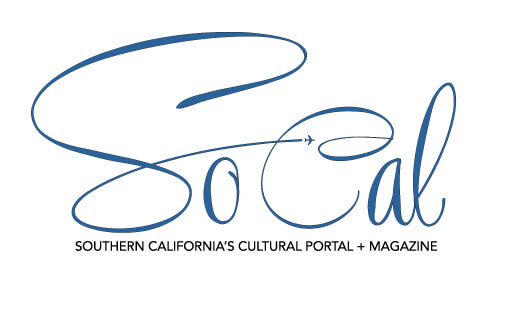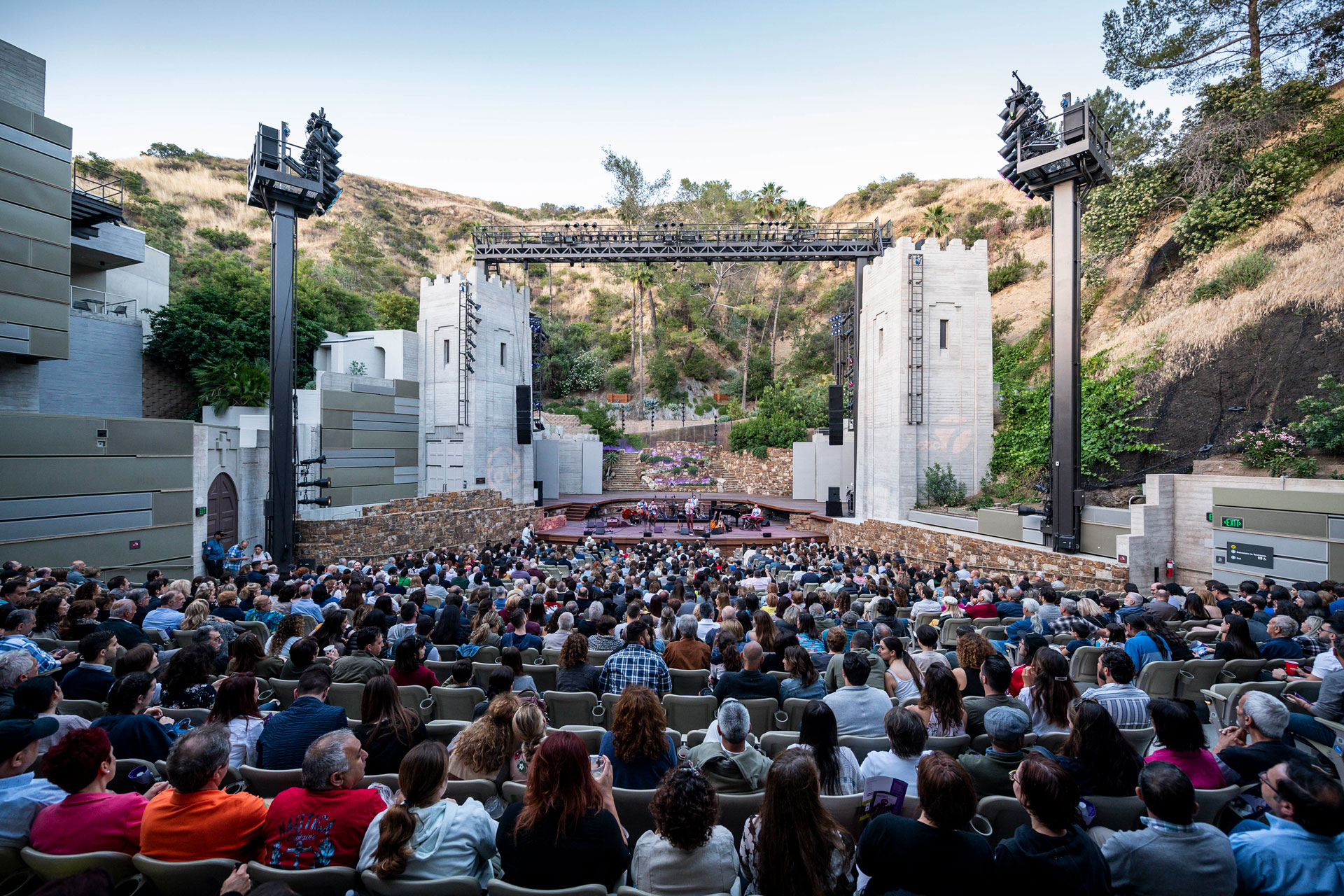
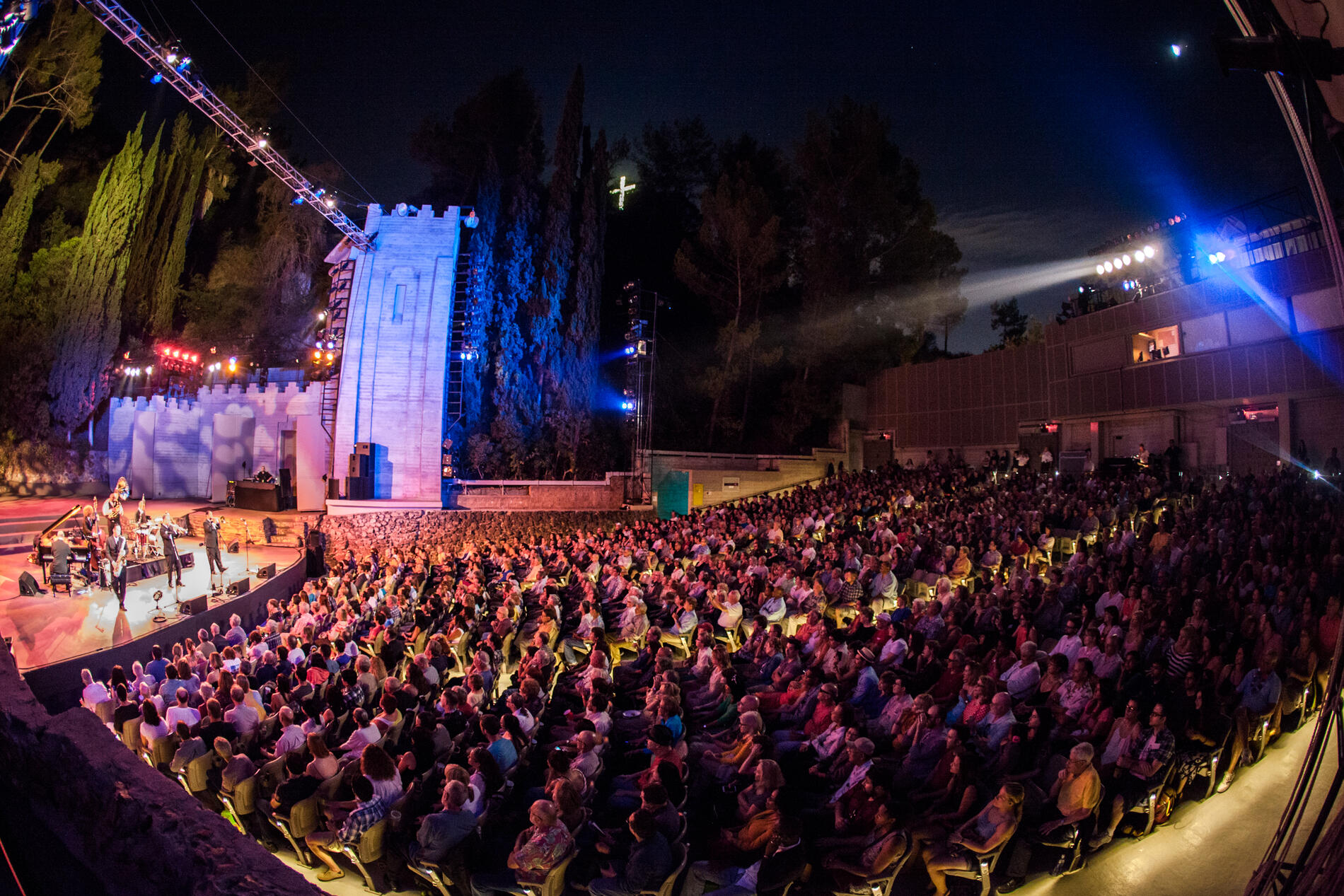

The Los Angeles Times called The Boy and the Heron “Hayao Miyazaki at his most beautifully elegiac.” The story follows the young boy Mahito, who moves to the countryside after losing his mother in the war. There, a series of mysterious events lead him to a secluded and ancient tower, home to a mischievous gray heron, who beckons him into a fantastic world shared by the living and the dead. As he embarks on an epic journey with the heron as his guide, Mahito must uncover the secrets of this world, and the truth about himself.
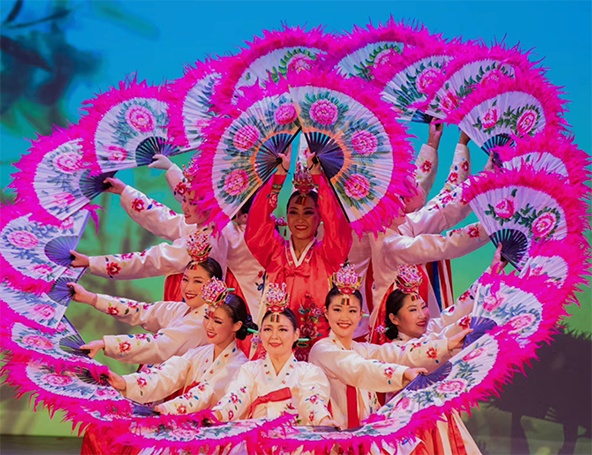
Kim Eung Hwa and the Korean Dance Company have shared vibrant Korean art and culture for 45 years. Hangawi is a fall festival in Korea that celebrates family, harvest, and autumn, and this family-friendly program welcomes everyone from all backgrounds. From traditional drums with lively folk rhythms to the graceful fan dance or the captivating flower crown dance, Hangawi offers a chance for all to come together to celebrate the season and experience the richness of Korean culture.

As one of Los Angeles’ most vibrant advocates for preserving and championing Mexican culture, Grandeza Mexicana has spent more than 20 years advancing the art of folk ballet. The company’s trademarks are not only their stunning costumes and choreography, but their ability to “[pay] tribute to the traditions and customs of Mexico’s historic past, while honoring the promise of the future” (Noozhawk).
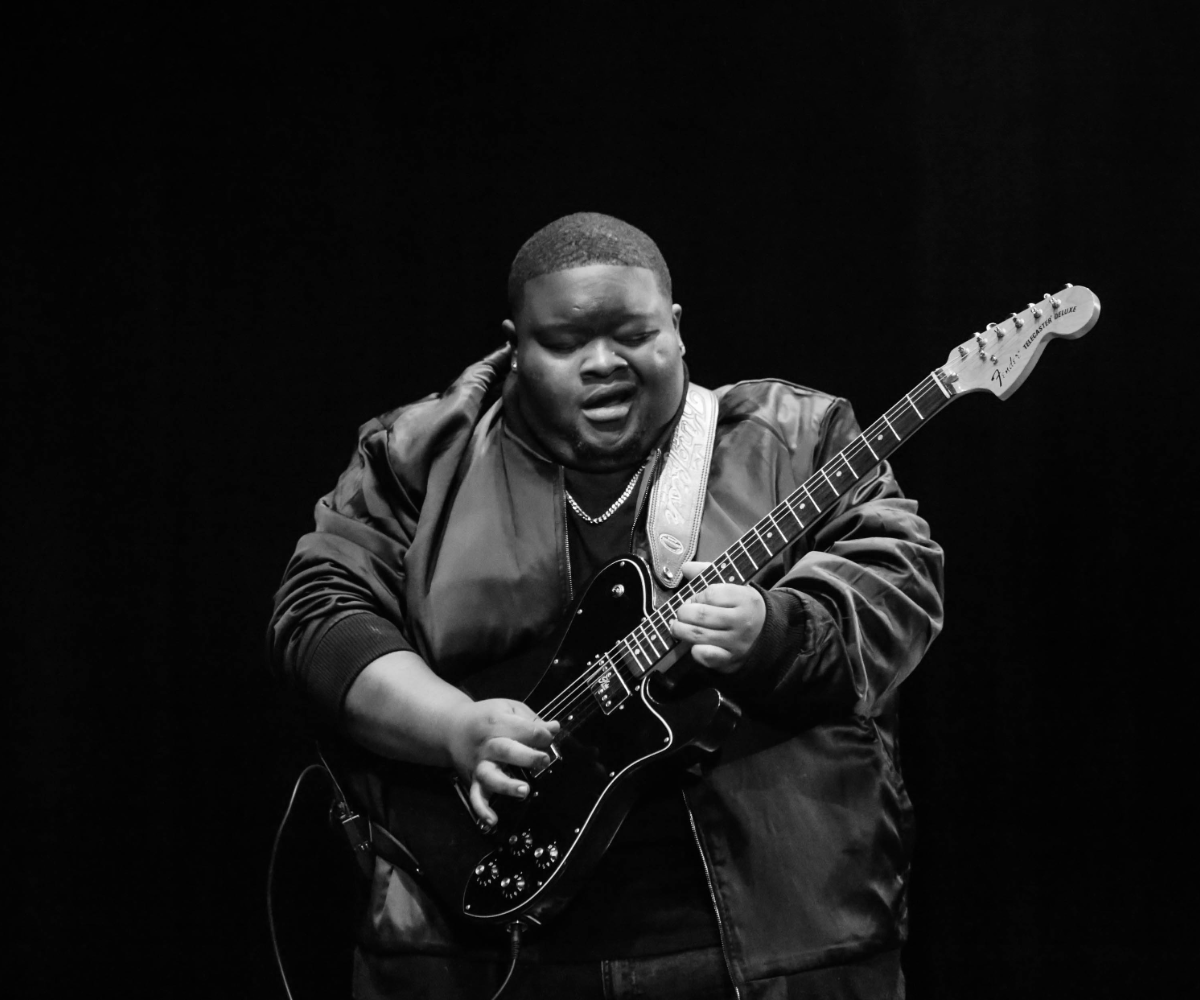
Since bursting onto the music scene in 2019, Christone “Kingfish” Ingram “has already made his mark as one of the best, and undoubtedly most exciting, blues guitarists in the world” (Guitar World). Compared to B.B. King, Jimi Hendrix, and Prince by Rolling Stone, Ingram’s jaw-dropping guitar playing and reach-out-and-grab-you-by-the-collar vocals have solidified him as the defining blues voice of his generation. “Ingram plays guitar with dramatic, searing tone and sure-handed authority. And that’s just in the studio,” said NPR Music—he’s even better live. To see the young singer-songwriter in person—performing fan favorites like “Out of This Town,” “Been Here Before,” and “662”—is to witness the creation of musical magic in real time.
Just up the road from the Hollywood Bowl, nestled in the Cahuenga Pass where satellite signals often flicker, sits a smaller, lesser-known venue: the John Anson Ford Theatre. With fewer than 1,200 seats, it’s an intimate counterpoint to the larger outdoor stages scattered across L.A., like the Greek Theatre and Levitt Pavilion in MacArthur Park.
The Ford Theatre has weathered more than a century of change. Its stage has hosted everything from religious pageants to punk rock shows, civic rallies to cultural festivals. Renovated but never reinvented, it remains one of Los Angeles’ most enduring and eclectic performance spaces—rooted in the landscape, alive with history.
A Stage Born from Drama
The Ford Theatre started life in 1920 as the Pilgrimage Theatre, built specifically to stage The Pilgrimage Play, a Christian pageant created by Christine Wetherill Stevenson. The original wooden structure burned down in 1929, but was rebuilt in 1931 using concrete and dressed in a design inspired by ancient Jerusalem. Architect William Lee Woollett gave it distinctive neo-Judaic features that remain striking to this day.
The play ran until 1964, when a court ruling forced it to close due to concerns about the separation of church and state. From there, the theatre began a gradual transformation.
From Sacred to Punk—and Back Again
In 1976, the venue was renamed after County Supervisor John Anson Ford, honoring his tireless work in support of the arts. It became a platform for local artists and organizations across disciplines—music, dance, theater, film, and more.
In the late ’80s, it took a hard left turn into punk and alternative rock. Bands like the Red Hot Chili Peppers, Jane’s Addiction, and the Ramones brought new life to the hills. It was wild, loud, and unforgettable.
Then in 1993, with support from Supervisor Ed Edelman, “Summer Nights at the Ford” launched. The county opened the stage to community producers, supporting grassroots performing arts groups and spotlighting L.A.’s cultural diversity. Hundreds of local artists got a chance to perform on a world-class stage.
A Major Overhaul
Between 2013 and 2017, the Ford underwent a massive $80 million renovation. The seating was rebuilt, the stage was modernized, and sound and lighting systems were upgraded. Hillsides were stabilized, new terraces were added, and the whole space got a serious facelift—without losing its historic character.
In 2019, the Los Angeles Philharmonic Association took over operations, folding the Ford into its broader family alongside Walt Disney Concert Hall and the Hollywood Bowl. The pandemic delayed their first season, but since 2021, the Ford has thrived under LA Phil’s stewardship.
A Quiet Constant in Queer History
While not founded as an explicitly LGBTQ+ space, the Ford has historically embraced queer artists, audiences, and expression—especially through community-driven programming. During the 1990s and early 2000s, as the Ford leaned into diverse, independent, and often experimental performance, queer creators found a home on its stage. Drag, dance, spoken word, and avant-garde theater with LGBTQ+ themes were not just tolerated—they were welcomed.
Community Representation, Not Just Inclusion
The Ford’s partnership model—inviting artists and producers from underrepresented communities to curate their own shows—meant that queer stories came from within, not filtered through a mainstream lens. It wasn’t just “LGBTQ+ night”; it was a platform that routinely gave queer Latinx, Black, Asian American, and other voices room to be bold, funny, romantic, political, angry, and joyful.
Performers & Productions
Queer performers such as Justin Vivian Bond, Sandra Bernhard, John Fleck, and countless local drag artists, dancers, and musicians have graced the Ford’s stage. The venue has also hosted LGBTQ+ themed productions, particularly around Pride month and queer film nights in collaboration with Outfest and local arts organizations.
In 2023, A Night of Queer Joy—a multi-genre celebration of LGBTQ+ music and storytelling—was a standout. And in 2025, Andy Grammer, Perfume Genius, and Aly & AJ, all artists with significant LGBTQ+ fan bases and allies in queer advocacy, are set to perform.
Why It Matters
The Ford’s location—nestled in the hills between Hollywood and the Valley—has made it a literal and symbolic bridge between different parts of L.A.’s queer identity: from Silver Lake’s counterculture roots to West Hollywood’s nightlife scene, from immigrant queer communities to drag artists redefining performance.
It isn’t flashy, but it’s quietly revolutionary—an amphitheatre that programs queer art because it’s great art, not as a box to check.
The Season Ahead
The Ford’s 2025 season, running from July 18 through October 31, promises a typically eclectic lineup. Expect everything from experimental dance to global music, from outdoor film nights to family matinees. True to its roots, the Ford continues to spotlight underrepresented artists and unique cultural experiences you won’t find anywhere else in L.A.
Ford Theatre 2025 Season Schedule
JULY
-
Fri, July 18 – The Pharcyde & Friends: 30th Anniversary of Labcabincalifornia
-
Sat, July 19 – Perritos World National Tour: Concrete, DoKnow & Jerry Garcia
-
Fri, July 25 – The Boy and the Heron (Studio Ghibli film)
-
Sat, July 26 – Howl’s Moving Castle
-
Sun, July 27 – The Wind Rises
AUGUST
-
Fri, August 1 – If I Awaken in Los Angeles (spoken word, music, dance)
-
Sat, August 2 – 9th Annual Boleros De Noche with La Marisoul, Los Hermanos Carlos & Bolero Soul
-
Thu, August 7 – An Evening with Leyendas del Mariachi
-
Sat, August 9 – The Improvised Shakespeare Company
-
Sun, August 10 – Andy Grammer
-
Sat, August 16 – Grandeza Mexicana Folk Ballet Company: Serenatas y Bodas de Mexico
-
Sat, August 23 – Lula Washington Dance Theatre – 45th Anniversary
-
Sun, August 24 – Element Band – 20th Anniversary
-
Mon, August 25 – Béla Fleck and The Flecktones
-
Sat, August 30 – Betty Who with Los Angeles Philharmonic
-
Sun, August 31 – Bajo La Luna: Silvia Pérez Cruz, La Muchacha & Y La Madrigal
SEPTEMBER
-
Fri, September 5 – Kenny Wayne Shepherd Band with Bobby Rush
-
Sat, September 6 – Flypoet Summer Classic
-
Tue, September 9 – Sofiane Pamart
-
Sat, September 13 – Noche de Cumbia: Sonido Gallo Negro & E Arenas
-
Thu, September 18 – JP Saxe
-
Fri, September 19 – Aly & AJ (Night 1)
-
Sat, September 20 – Aly & AJ (Night 2)
-
Fri, September 26 – Pino Palladino & Blake Mills
-
Sat, September 27 – Renée Elise Goldsberry
-
Sun, September 28 – Tributo a Los Grandes (Mariachi tribute show)
OCTOBER
-
Thu, October 2 – I’m With Her (Americana trio)
-
Fri, October 3 – Watchhouse
-
Sat, October 4 – Perfume Genius
-
Wed, October 8 – Ali Sethi
-
Sat, October 11 – Las Cafeteras
-
Thu, October 16 – Christone “Kingfish” Ingram
-
Fri, October 24 – Direct Address (theatre/arts event)
-
Sat, October 25 – Joe Bataan & Quetzal
-
Sun, October 26 – Rachael & Vilray
-
Thu, October 30 – Screening: Get Out
-
Fri, October 31 – Screening: Night of the Living Dead (Halloween special)
Address 2580 Cahuenga Blvd East, Hollywood, CA 90068
By Car
From the 101 Freeway:
-
From Downtown L.A. or the Valley:
Take US-101 (Hollywood Freeway) and exit at Cahuenga Blvd.
Head north (from Hollywood) or south (from the Valley) onto Cahuenga Blvd East.
The entrance to the Ford is on the east side of the freeway, near the Hollywood Bowl exit—follow signs.
Parking Options:
-
On-site stacked parking: $10–$15
-
Free shuttle lots available on show nights—see below.
🅿️ Shuttle & Park-and-Ride
Free shuttles run for most events from Universal City Metro Station (Red Line) and off-site parking lots.
Shuttles start 90 minutes before showtime and run continuously until 30 minutes after the show.Best Option:
-
Park at Universal City/Studio City Metro Station
Address: 3901 Lankershim Blvd, Studio City, CA 91604
Then take the Red Line or a free shuttle to the venue.
By Metro
Take the B Line (Red Line) to Universal City/Studio City Station or Hollywood/Highland Station.
From Universal Station:
-
Walk or take the free shuttle to the Ford (about 10–15 minutes).
From Hollywood/Highland Station:
-
It’s about a 20-minute uphill walk—not recommended unless you’re up for it.
Walking Access
There’s a pedestrian bridge connecting the east side parking/shuttle drop-off to the amphitheatre. Be prepared for stairs and hilly terrain—wear comfortable shoes.
-
